Step into the world of architecture, where door frames play a pivotal role in defining the character and functionality of any space. From the timeless elegance of wooden frames to the sleek modernity of steel, each type of door frame holds the key to unlocking unique possibilities for your home or building. Door frames are an essential part of any building’s architecture, providing support and structure for the doors.
Post your Requirement
In India, where diverse architectural styles and materials coexist, various types of door frames are commonly used. From traditional wooden frames to modern metal frames, each type offers unique features and benefits. Join us on a journey as we swing open the doors to knowledge and explore the world of door frames, delving into their diverse designs, materials, and benefits. Whether you’re a seasoned homeowner or a curious enthusiast, this informative guide will help you make the right choice for the perfect frame that beckons a warm welcome to all who enter.
Types of Door Frames
-
Inward and Outward Opening Door Frames:
Inward and outward opening door frames refer to the direction in which the door swings when it is opened. The concept is straightforward with inward opening doors, the door swings into the room when opened, while with outward opening doors, the door swings outside the room when opened.
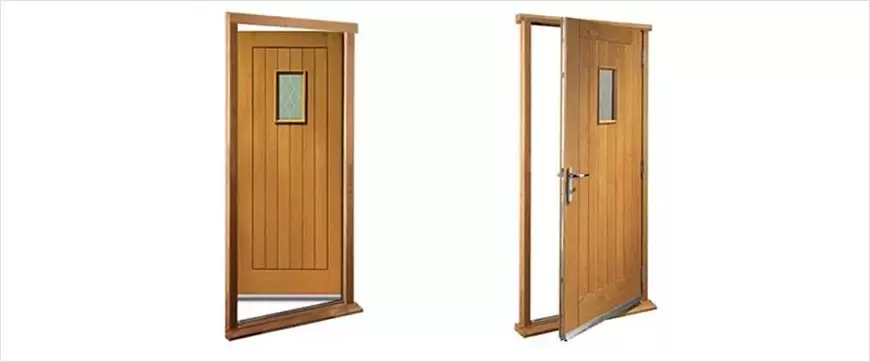
Inward & Outward Opening Door Frames
-
Open Door Frame:
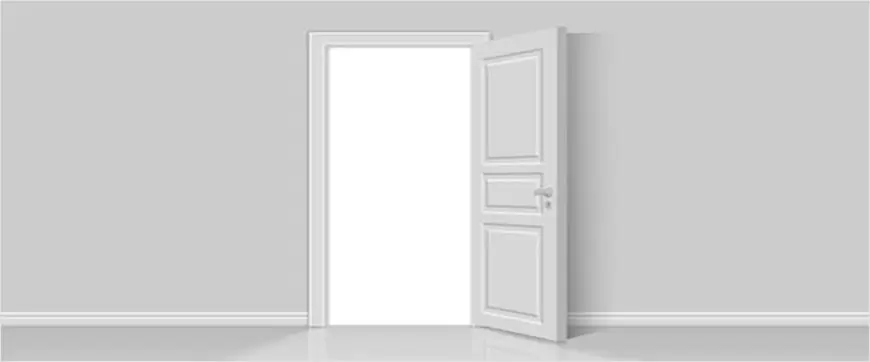
Open Door Frame
An open door frame is a type of door frame where the door is designed without a traditional door leaf. Instead, the frame serves as a portal or passageway between two spaces without a physical door in place. It is often used to create an open and seamless transition between rooms or areas. Open door frames are commonly seen in archways or in homes where the aim is to maintain an open flow between rooms.
-
Closed Door Frame
A closed door frame is the standard door frame with a door leaf that can be opened and closed to separate two spaces. It is the most common type of door frame found in residential and commercial buildings. Closed door frames provide privacy, security, and sound insulation between rooms.
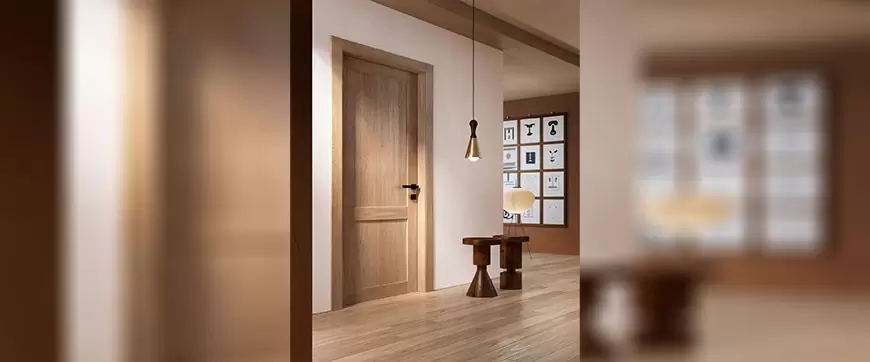
Closed Door Frame
-
Door Frame with Glazing Panels:
A door frame with glazing panels incorporates glass elements into the frame structure. These panels can be in various configurations, such as partial or full-length glass sections, and may be transparent, frosted, or decorative. Such frames are used to allow natural light to pass through and create a sense of openness between rooms while still providing some visual separation. Door frames with glazing panels are commonly used in interior doors, especially in spaces where natural light is limited.
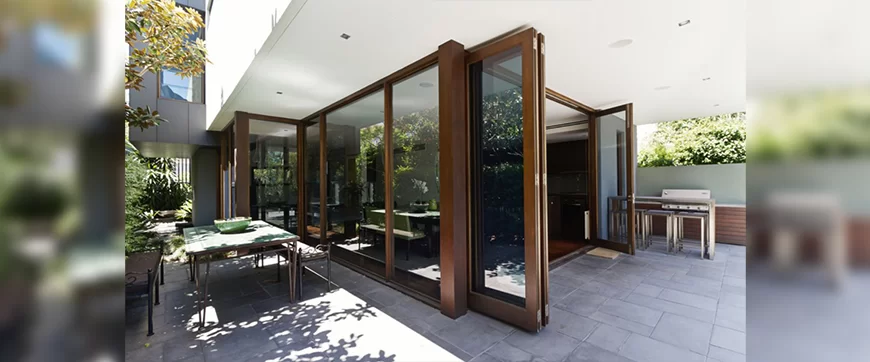
Door Frame with Glazing Panels
-
Pocket Door Frame:
A pocket door frame is a space-saving solution where the door slides into a hidden compartment, or “pocket,” within the wall when opened. This type of door frame is particularly useful in areas with limited space or where traditional swinging doors may be impractical. Pocket doors are commonly used in closets, bathroom doors, and other tight spaces.

pocket door frame
-
Fanlight Door Frame:
A fanlight door frame features a semi-circular or fan-shaped window above the door. This architectural feature allows additional light to enter the room while adding a touch of elegance to the entrance. Fanlight door frames are often found in historic buildings or homes with classical architectural styles.

Fanlight Door Frame
-
Sidelight Door Frame
A sidelight door frame includes vertical windows or panels that are positioned on one or both sides of the door. Sidelights are commonly used to enhance the aesthetics of the entrance, provide additional natural light, and offer a glimpse of the exterior surroundings without compromising security or privacy.
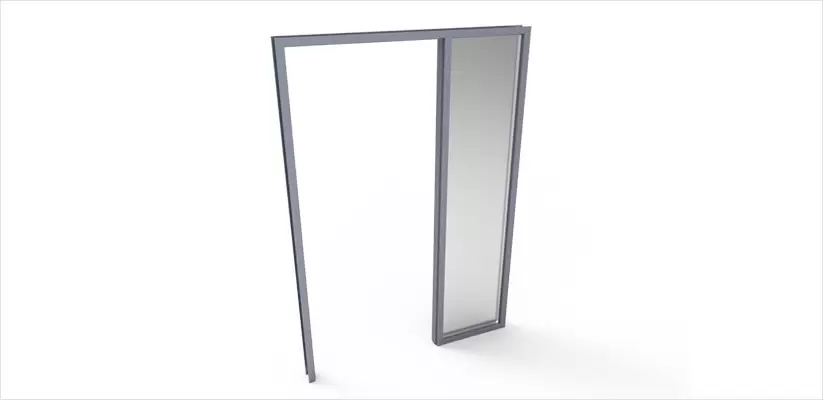
Sidelight Door Frame
Types of Wood for Door Frames
This product is available in various types of materials in the market. The following are the types of wooden door frames that are most commonly used in residential buildings:
-
Teak Wood
Teak wood is widely used for outside entryways and window fixtures in bungalows. This wood has antifungal properties. Because of its incredible natural brilliance, this wood does not require much artificial polish. Teak wood requires little upkeep and can be used by future generations.
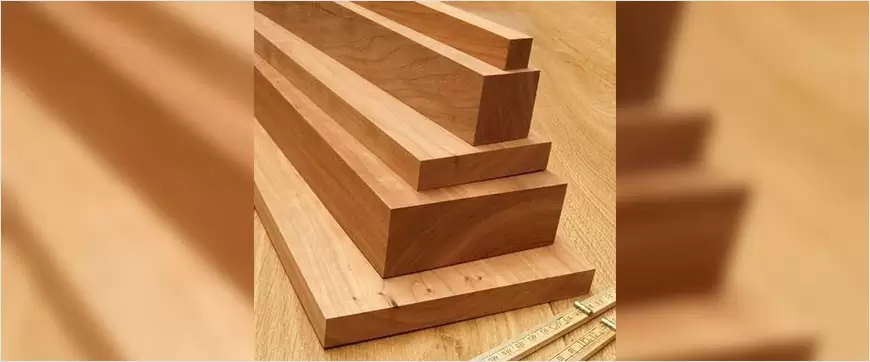
Teak Wood
-
White Oak
White oak is rapidly gaining popularity as a structural timber due to its hardness, weight, low stiffness, and strength. Due to its structure, it is highly strong and resistant to rot and water. Additionally, it possesses superb steam-bending properties. It offers every feature you could ever want in outside gateway support.

White Oak
-
Deodar wood
Deodar is still regarded as the strongest wood despite being lighter than teak. This wood can be sawed and worked on considerably more easily when it comes to smooth finishing. When it comes to painting or polishing finishes, deodar wood is not regarded as the best option.
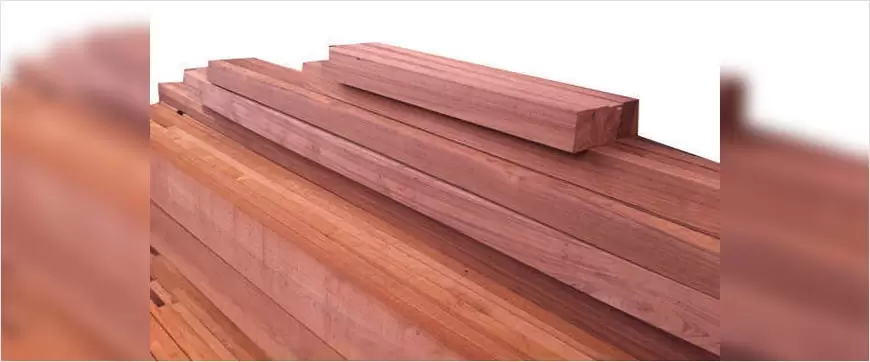
Deodar Wood
-
Sal wood
Sal wood is one of the hardest and heaviest forms of wood that may be used to make entryways and window fixtures. In the case of dried sal, it would be a complex material to work with because it can be easily cut with a saw or worked on.
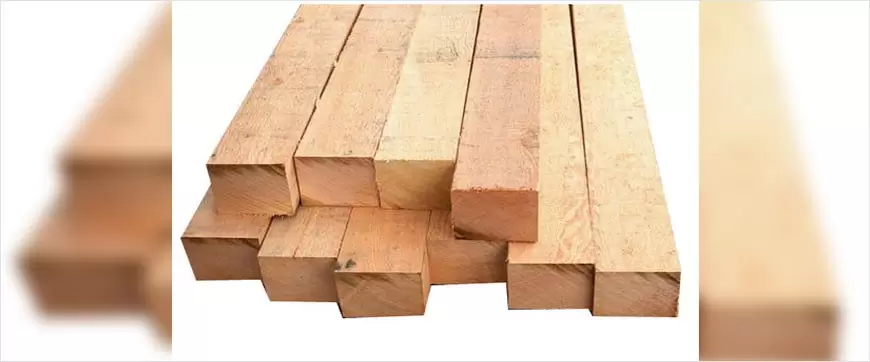
Sal Wood
-
Kail wood
This wood is frequently found in the Indian Himalayas. It produces a close-grained, enduring, somewhat hardwood that is simple to paint. It is commonly used to produce inexpensive furniture, wooden gate stands, packing containers, etc. There are too many knots in this wood.
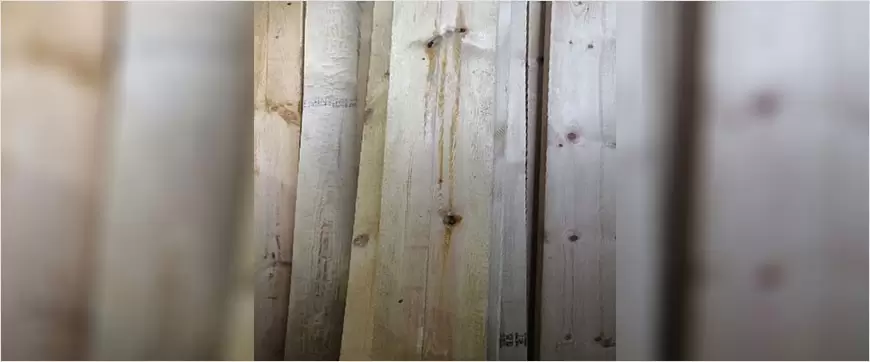
Kail Wood
-
Sheesham wood
Similar to sal wood, Sheesham wood is regarded as hardwood. The wood won’t twist or change shape even if it comes into contact with water or other adverse environmental conditions. This one is also immune to infestations of any kind, including fungus and white ants.

Sheesham wood
Different Parts of the Door Frames
The following are the essential parts of this product:
-
Sill
The sill is the horizontal, bottom-most portion of the gate mount. The gate fixture’s sill is either sealed or fixed to the ground. The sill aids in preventing the entry stand’s vertical elements from bending.
-
Door Jambs
The vertical section of the border supports the gate opening. The fact that side jambs are linked to the face of the wall aids in the locking and opening of entryways.
-
Head Jambs
The head is the entryway fixture’s topmost, horizontally-oriented portion. When the gate is closed, the horizontal portion of the mount, or the top of the gate mount, sits across the top of the gate.
-
Horn
A horizontal projection known as a horn is seen on the top and bottom sides of the gate fixture. The horn’s primary purpose is to anchor the gateway mount to the wall firmly.
-
Threshold
The threshold, just a piece of wood, is frequently used in exterior entrances and serves primarily as a gap filler between the bottom of the gate and the floor.
-
Sidelight
The sidelights, which can be found on one or both sides of the gateways, are small, vertical windows. Sidelights enhance the entrance’s aesthetic appeal while also enhancing air quality.
-
Transom
A horizontal crossbar, transom, is found above gateway fixtures or between gates and windows. Even when the gate is closed, the transom allows light and air to enter, keeping the space air.
Conclusion
Understanding the various types of door frames helps in selecting the most suitable option based on functional requirements, aesthetic preferences, and available space. Each type has its own advantages, making them suitable for different applications and architectural styles. Choosing the right door frame is crucial, as it not only enhances the aesthetics of your space but also affects the door’s longevity and performance. In India, a wide range of door frames are commonly used, each catering to different preferences, budgets, and environmental conditions.
Whether you opt for the timeless charm of wooden frames or the modern efficiency of steel or aluminum frames, understanding their characteristics will help you make an informed decision for your home or commercial building. Remember to consider factors like climate, budget, and maintenance requirements when selecting the most suitable door frame for your needs.

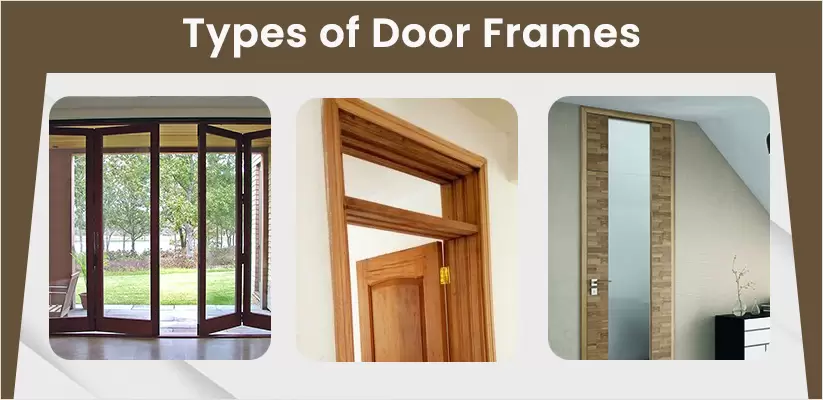



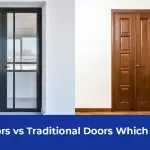

















Post A Comment